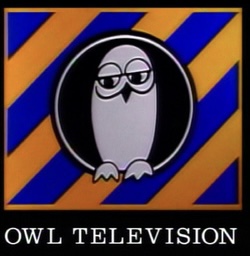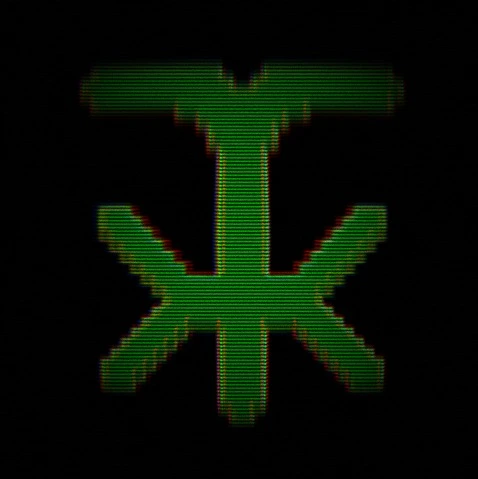I found it at the dollar store.
Don’t think of it as a tiny cable, think of it as a gender bender. You can put on the end of some female cable.
You’re more likely to see dongles like this at fixed installations. Like somebody puts a USB port into a wall, like a speaker’s podium, or a presentation stand. So one side is fixed, depending on what you want to hook up to it, you might need to have a gender bender.
Is the cable considered transgender after that ?
USB is bi-directional. So it really doesn’t care about the plug gender. Some other protocols are directional, then the plug gender is very important, so adapters for directional protocols tend to be more expensive, it may even require external power.
Once USB on the go was invented it cease to matter at all.
Today I learnt my sexuality is USB
Universal Sexual Bus?
Such A-to-A adaptors and cables always have been prohibited by the USB spec, but people built them anyway. A common usecase for “illegal” A-A cables i remember was connecting PCIe cards (especially GPUs and mining cards) externally to riser sockets.
To connect two USB-A ports.
Basically the same as a USB-A to USB-A cable, just really short.
USB-A to USB-A cables do not exist, the USB standard does not allow them, if you have a cable with two USB-A connectors then it’s not actually a certified USB cable. The same goes for USB extension cables and this adapter. Note how there isn’t a ‘USB certified’ logo on the package.
USB-A to USB-A doesn’t exist
*looks at old charger from an American device*
HOLY SHIT A CRYPTID CALL SCP
That’s not a USB charger.
USB-A to USB-A cables do not exist
wtf are you talking about, of course they do.
They meant cables in spec with the USB specification at the time usb-a was new.
Now with usb-c, it’s kinda moot, as most cables are male to male anyway… of course that means we’re more likely to see USB-C female to female adopters now
USB-C female to female adapters also are out of spec. The USB standard does not allow for extensions. USB cables only have male connectors (with the exception of USB-OTG dongles).
Show me where in the USB standards these are specified.
They cables and exist and they work. So being “specified” doesn’t mean jack shit.
They might sometimes work. They aren’t guaranteed to work.
It’s not hard to imagine a product that would require one, though. It’s how every phone charging cable works, just with a different size male USB on one end.
It’s how every phone charging cable works, just with a different size male USB on one end.
No, it’s exactly not how every phone charging cable works, at least not for non USB-C cables.
Pre-USB-C cables are explicitly unidirectional. In USB there are ‘hosts’ (usually computers) and ‘devices’ (flashdrives, camera’s, mice, keyboards, etc.). The host side always has a female USB-A connector, a device either has a female USB-B connector (if it’s intended to be used with a cable), or a male USB-A (if it’s intended to be plugged in directly into a host, like a flash drive). A real, standard-conformant USB cable can only go from USB-A male to USB-B male (with the addition of USB-C, it can also go from A-to-C, from C-to-B, or C-to-C). Never A-to-A or B-to-B, extension cables (male to female) of any type, A, B or C, are not allowed either.
USB was specifically designed like this so you can never connect a device to a device or a host to a host.
On the host side, you pretty much only see full size USB-A ports. On the device side there are 3 common types of USB-B ports: standard size (you can for example see these on printers and scanners), mini-USB-B used a lot on older phones, and later micro-USB-B. On each side the male part is on the cable, the female part is on the host or device.
LUSBian sex obviously!




